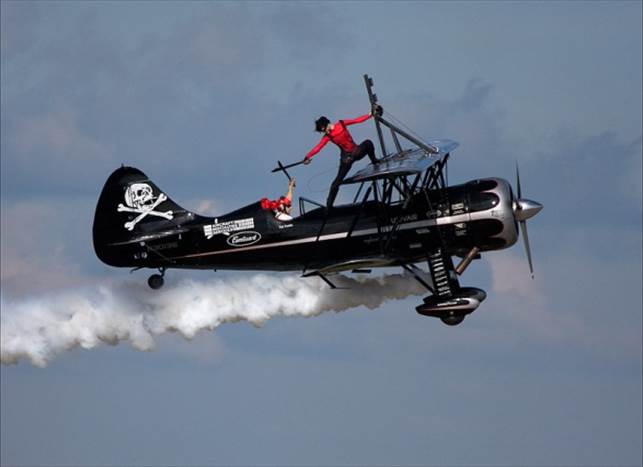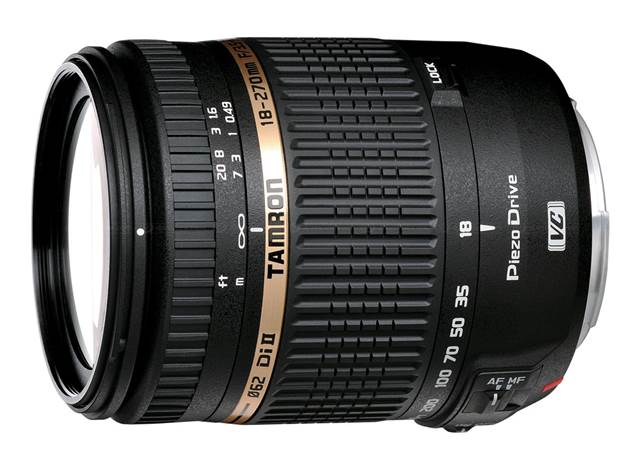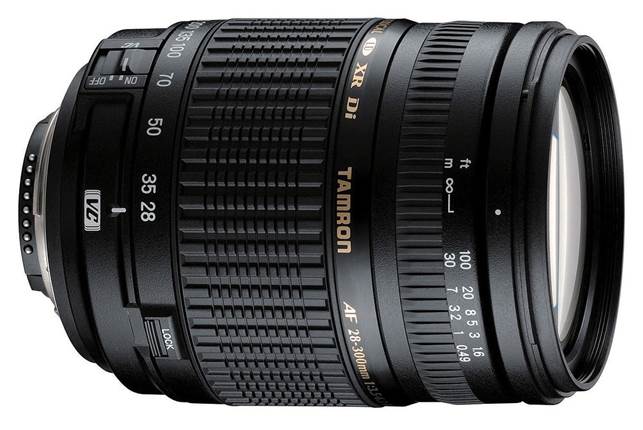2014 Superzoom Lenses Group Test (Part 4)
How different autofocus systems compare, and which is
best
Canon’s EF lens mount dates all the way back to 1987, when
it was launched for EOS 35mm film cameras. So-called ‘Electro-Focus’ lenses all
have a built-in electronic autofocus actuator. Indeed, whereas some other makes
of D-SLR have a mechanical link to the lens which can drive autofocus via a
screw-drive, Canon’s film-based and digital EOS SLRs have only electrical
contacts – so without an internal actuator, autofocus is unavailable.
The most basic type of autofocus system is based on an
electric micro-motor, as featured in the Canon EF-S 18-135mm and 18-200mm
lensesin this test group. They don’t tend to be very fast, and are clearly
audible in operation. The next step up is an ultrasonic motor (USM). Operating
at a frequency of around 30kHz, the motor itself is practically silent, but it
still requires gear wheels to adjust focusing, which make a little noise in
operation. USMs are seldom faster than regular micro-motors.

Ring-type
ultrasonic autofocus is generally the most capable at keeping up with moving
targets
The most advanced autofocus system is ring-type ultrasonic.
This is based on two large rings fitted just inside the overall circumference of
the lens. The system is generally very fast and practically silent, and has the
added benefit of full-time manual focus override in One Shot autofocus mode.
Only the Canon EF 28-135mm lens in this group features this system.
Tamron 18-270mm f/3.5-6.3 Di II VC PZD
There’s a lot to love about this Tamron lens. A complete
redesign of the original 18-270mm, this edition is smaller and lighter in
weight, making it remarkably compact for a lens with such a powerful and
class-leading 15x zoom range. Part of the downsizing comes courtesy of a VC
(Vibration Correction) system which still manages to live up to its four-stop
claims.
There’s also a PZD (Piezo Drive) autofocus system, similar
to the HSM systems used in the Sigma superzoom lenses. Further evidence of the
compact nature of this newer lens is that, compared with Tamron’s previous
model, the filter thread has shrunk from 72mm to 62mm.

Tamron 18-270mm
f/3.5-6.3 Di II VC PZD
There’s plenty of contrast on tap and sharpness is very
good, even towards the extreme edges and corners of the frame. It does drop off
a bit when combining the longest telephoto setting and largest available
aperture, but stopping down from f/6.3 to f/8 enables great results. At the
wide-angle end, barrel distortion is very slightly more noticeable than with
the Sigma 18-250mm but, overall, the Tamron has the edge.
|
Verdict
·
Price: $450
·
For: Class-leading 15x zoom range and features in a remarkably
small and lightweight design
·
Against: Barrel distortion can be noticeable at the extreme
wide-angle end of the zoom range
|
Tamron 28-300mm f/3.5-6.3 XR Di VC
At just a quarter of the price and a third of the weight of
Canon’s whopping EF 28-300mm, this is the most attractive proposition for
full-frame camera users who want a walkabout lens with serious superzoom
versatility. On an APS-C camera, the zoom range effectively stretches from a
‘standard’ 45mm to a massively telephoto 480mm. It’s therefore also worth
considering as a telephoto zoom on cameras like the 600D and 7D, where you
still want to be able to shoot at standard focal lengths without swapping
lenses.
Autofocus is of the micro-motor variety and it’s quite
sluggish compared with the similar systems fitted to the Canon 18-135mm and
18-200mm lenses, particularly at the telephoto end of the range, which isn’t
ideal for action shooting.

Tamron 28-300mm
f/3.5-6.3 XR Di VC
Sharpness is excellent at wide-angle and mid-range zoom
settings, and still very good at the telephoto end. Colour fringing is evident
towards corners at longer focal lengths, but distortions are well controlled
throughout the entire zoom range.
|
Verdict
·
Price: $430
·
For: Useful zoom range for full-frame cameras; good sharpness
with minimal distortions
·
Against: Autofocus is sluggish; chromatic aberrations are quite
noticeable at longer focal lengths
|
Five things we learnt in this test
1. Full-frame-compatible
superzooms lack any wide-angle potential on cameras with APS-C sensors.
2. Couple long
telephoto reach with the fairly small maximum apertures of superzooms, and
image stabilisation is all but essential for handheld shooting.
3. A compact and
lightweight design is preferable for a superzoom that you want to take on your
travels or carry around all day.
4. Image quality
can be very good in the latest superzooms, but there’s an inevitable trade-off,
and it’s not quite a match for using high-quality zoom lenses with a more
modest range.
5. It’s usually
worth reducing the aperture from its largest value by a stop or two to improve
sharpness and contrast, even if this means that you need to bump up your ISO
setting to maintain a sufficiently fast shutter speed.